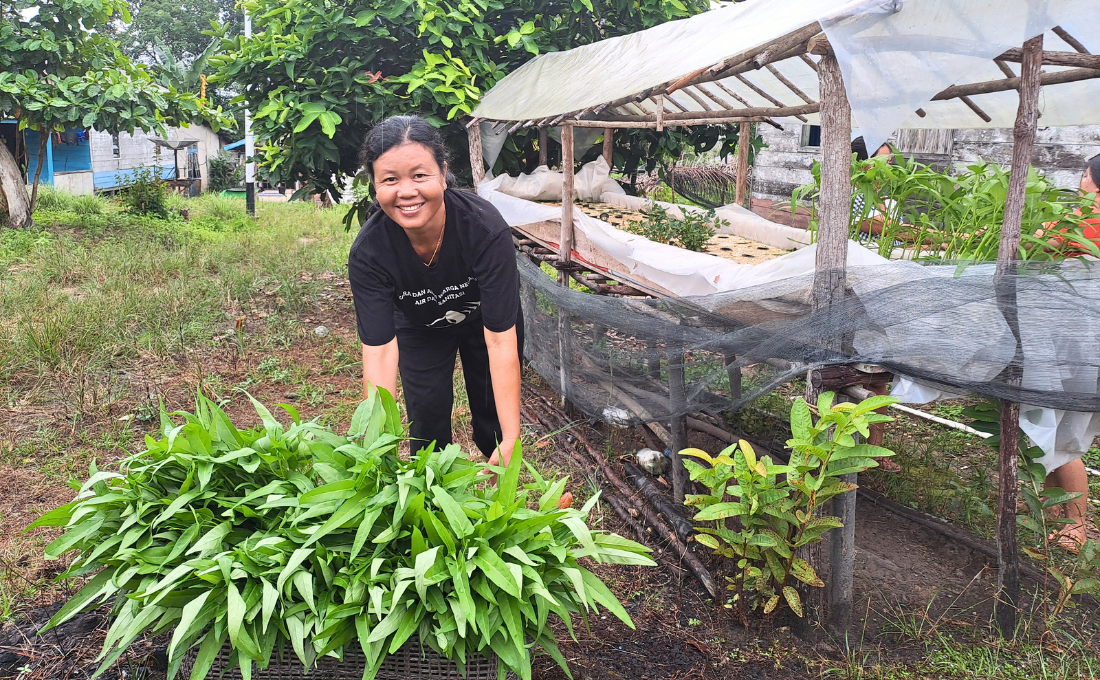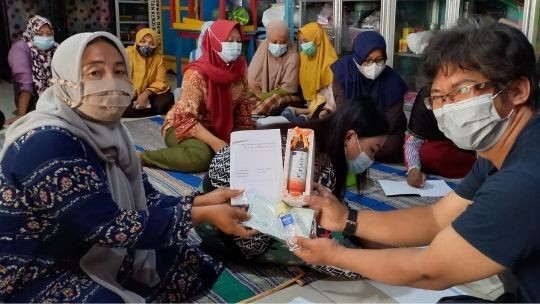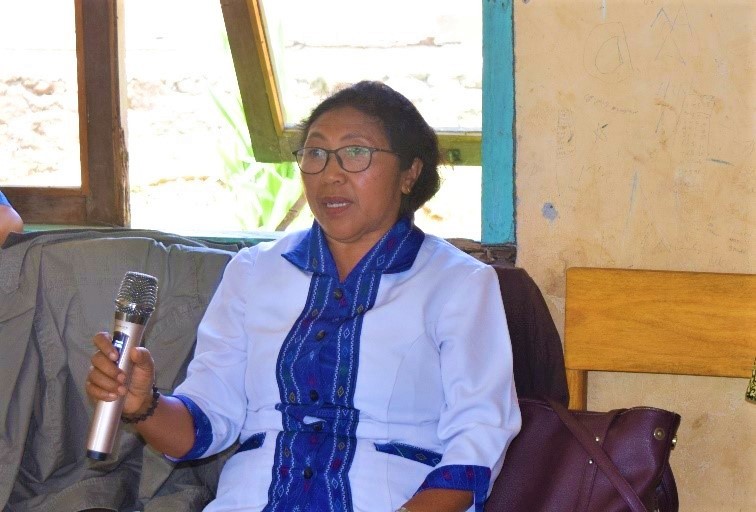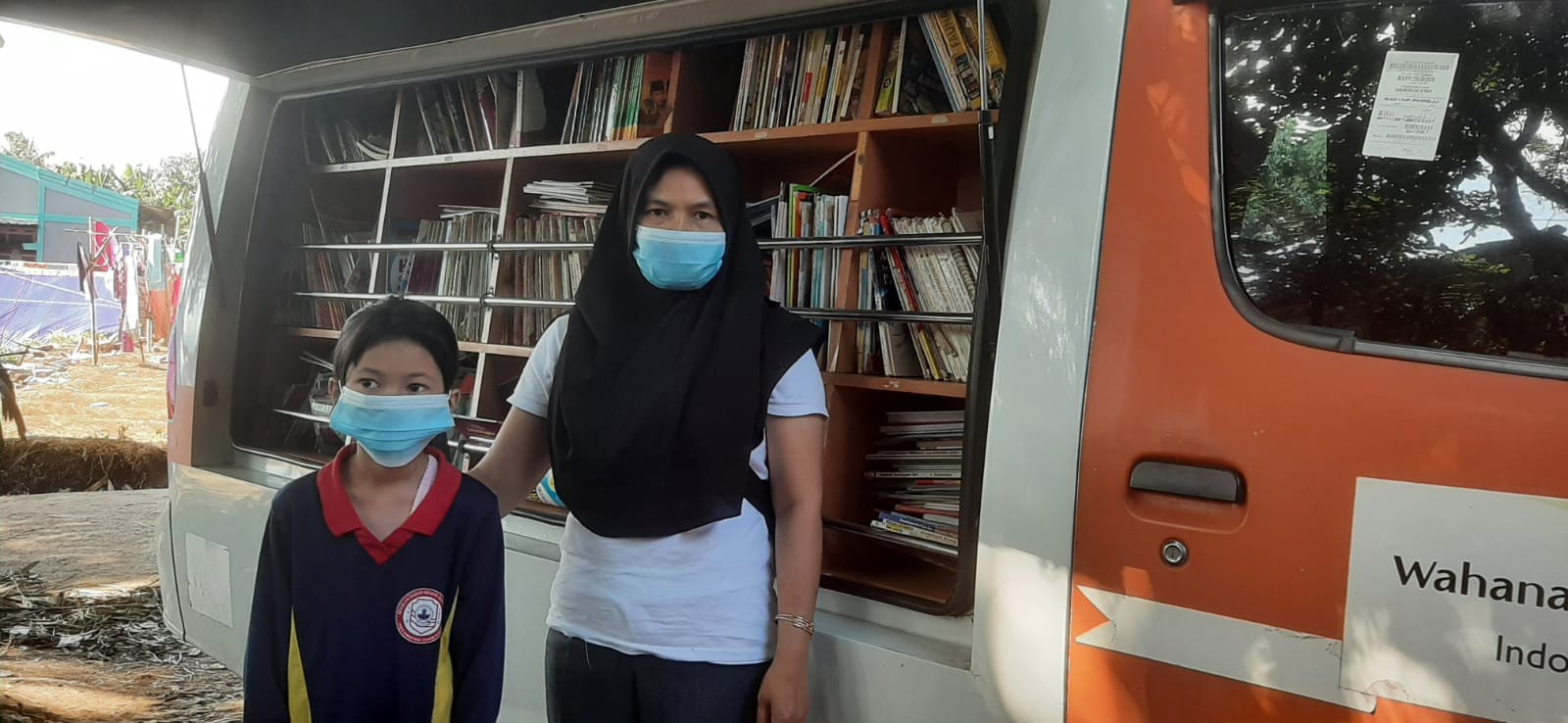The Always Available Nutrition Garden

In a small village, Ibu Ajun became an inspirational figure who drove significant change. At 38 years old, she was known not only as a caring mother but also as the driving force behind activities supporting the well-being of children in her village.
Before Wahana Visi Indonesia assist the village, the food situation in this village was heavily dependent on the seasons. Fresh vegetables were only available during the farming season, which lasted once a year. For the rest of the time, villagers had to rely on vegetables from local vendors or cook cassava leaves, which became a staple food. Monotonous and limited – that was the picture of the community's diet back then.
"When it wasn't the farming season, we often only ate cassava leaves. Although nutritious, we also felt bored," Ibu Ajun recalled. However, everything began to change when WVI initiated nutrition garden training in the village. Ibu Ajun, along with several other mothers, was trained to grow vegetables using a hydroponic system. This system not only enabled them to grow vegetables in their home yards but also helped increase their understanding of the importance of nutrition for children.
"This training made me realise that growing vegetables is not just about food but also about improving children's nutrition. We call this hydroponic garden a Nutrition Garden because its benefits are so significant," Ibu Ajun said enthusiastically.
Real change began to be seen. Now, the nutrition garden not only provides fresh vegetables for daily consumption but has also become an economic opportunity for the group of mothers in the village. They sell their harvests to the local market and share the remainder for the consumption of group members.
However, this journey has not been entirely smooth. The current income from vegetable sales is not yet sufficient to meet the needs for replanting and plant nutrients. Despite this, Ibu Ajun and her group remain optimistic. "We want to add another raised bed. If we have two raised beds, one can be for consumption and the other for sale. That way, the group's finances will be more stable, and we won't have to take from our personal funds," she explained.
The success of this nutrition garden has brought significant changes to the village community. Now, they are no longer dependent on the seasons or vegetable vendors from other villages. In their yards, fresh, nutritious vegetables grow – realising the dream of sustainable food and a healthier life.
"Before, we only relied on the fields or bought vegetables. Now, we can grow our own and even help improve the nutrition of our children. This is all thanks to the knowledge taught by WVI," Ibu Ajun concluded with a smile full of gratitude.
Author: Anissa Christin Sepenriana (contributor for Sintang Area Programme)
Editor: Mariana Kurniawati (Communication Executive)



